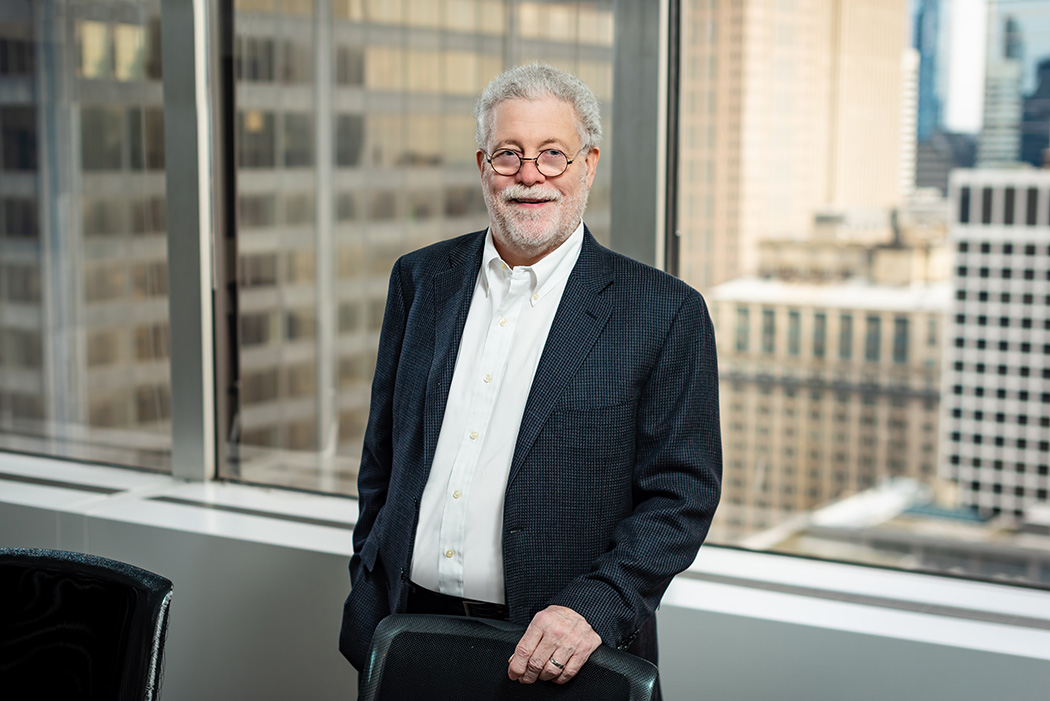Supreme Court Retains Doctrine of Assignor Estoppel, But With Limits
- June 30, 2021 snippets Alert
- Snippets
Practices & Technologies
Opinions & Counseling Litigation & Appeals Patent Portfolio Management Patent Prosecution Software & Computing Trade SecretsThe Supreme Court, speaking through a five-justice majority, has reaffirmed the equitable principle of assignor estoppel while at the same time limiting its application in Minerva Surgical, Inc. v. Hologic, Inc. Assignor estoppel prohibits an inventor or other owner of rights in a patent from selling that patent to another party, then practicing the invention while attempting to avoid infringement liability by claiming the patent was invalid from the start. The Minerva majority found that the doctrine was well-established in the law and thus was unwilling to abandon it. However, consistent with the equitable nature of the doctrine, the Court limited the doctrine to those instances where the assignor could be fairly understood to have warranted (either expressly or implicitly) the validity of the claims ultimately issued. Thus, in many circumstances – such as when an inventor assigns rights to a patent application that ultimately issues with significantly broader claims – the doctrine will not apply.
In Minerva, the Court faced a clear example of one of the potential exceptions to the rule of assignor estoppel. The inventor, Csaba Truckai, conceived a device with a moisture-permeable head that could treat abnormal uterine bleeding. He filed a patent application that described that invention and assigned it to a company he formed. After he sold the company (including the patent rights), he founded a second company, Minerva. At Minerva, he developed a device with a moisture-impermeable head that could also treat abnormal uterine bleeding. The successor-in-interest to Truckai’s first company, unhappy with his direct competition, filed a continuation of the original application and pursued claims that would encompass devices regardless of the permeability of the head; those claims issued and the successor sued Minerva on that patent. Minerva argued that those later-added claims lacked support in the written description of the application, but the trial court refused even to consider the argument based on the doctrine of assignor estoppel. Denied the ability to assert invalidity as a defense, Minerva was found to infringe the broader claims. On appeal, the Federal Circuit agreed with this application of the assignor estoppel doctrine.
The Supreme Court majority, citing and discussing some of the precedent that established the doctrine of assignor estoppel, found that the doctrine was well established (both before and after the 1952 Patent Act) and that its application should be addressed as a matter of fairness. If a party sells patent rights based on a representation that the claims are valid, it would be unfair to allow that assignor to come into court and argue that the claims are invalid. And even if that representation is not explicit in the contract, the assertion of validity of the assigned patent may be implied because the inventors have represented to the Patent and Trademark Office in an oath and declaration that the application disclosed and claimed their invention. Thus, the patent assignor – who would often be best positioned to compete with the assignee because of experience in the field – should in fairness not be able to raise invalidity as a defense to a patent infringement claim. But, it would similarly be unfair to assignors that had not made such a representation of validity of the claims asserted against them to be precluded from challenging validity. An example that resonated with the majority was the case of an employee who prospectively assigns all inventions made in the workplace as part of an employment agreement; the employee could scarcely be held accountable regarding claims for a later-developed invention, let alone the validity of any patent claims based on that subsequent invention. It would also be the case when a patent application is assigned and the claims are later broadened to cover a scope not initially within the claims at the time of the assignment.
Here, because prior Federal Circuit precedent called for the blanket application of assignor estoppel, there was no record of whether application of the doctrine would be fair. The Court therefore remanded the matter for further consideration on this point.
Two groups of Justices dissented from the decision; Justice Barrett wrote for three Justices (herself and Justices Thomas and Gorsuch), while Justice Alito wrote for himself alone.
Unlike the majority, Justice Barrett believed the doctrine was not so well-established that revision of the Patent Act in 1952 could be considered to have adopted (or at least not abrogated) the doctrine. Justice Barrett’s dissent dissected the Court’s consideration of the doctrine prior to and after enactment of the 1952 Act and found no basis in the text of the Act for the majority’s acceptance that assignor estoppel was so established that Congress could be presumed to have drafted the Act assuming the existence of assignor estoppel as an essential backdrop. Thus, after coming to the conclusion that the doctrine was not well-established prior to the 1952 Act, Justice Barrett treated the question as one of statutory interpretation. She found no discussion of assignor estoppel in the plain language of the statute and hence no reason to hold that it had survived the sweeping revisions of patent law enacted by the 1952 Act.
Justice Alito wrote a separate dissent voicing his opinion that the Court should have considered explicitly whether the clearest precedent regarding the doctrine, Westinghouse v. Formica, should be expressly overruled (which would abrogate the doctrine). Because neither the majority nor the primary dissent addressed that issue, he believed that the case should not have been considered by the Court at all.
Decided: June 29, 2021.
The opinion can be found at https://www.supremecourt.gov/opinions/20pdf/20-440_9ol1.pdf
Joshua R. Rich, an intellectual property trial lawyer and a partner with McDonnell Boehnen Hulbert & Berghoff LLP, serves as MBHB’s General Counsel and Chair of MBHB’s Trade Secrets Practice Group. rich@mbhb.com
Kevin E. Noonan, Ph.D., is a partner with McDonnell Boehnen Hulbert & Berghoff LLP, is co-chair of the Biotechnology & Pharmaceuticals Practice Group and co-founder of the Patent Docs weblog. noonan@mbhb.com
© 2021 McDonnell Boehnen Hulbert & Berghoff LLP
snippets is a trademark of McDonnell Boehnen Hulbert & Berghoff LLP. All rights reserved. The information contained in this newsletter reflects the understanding and opinions of the author(s) and is provided to you for informational purposes only. It is not intended to and does not represent legal advice. MBHB LLP does not intend to create an attorney–client relationship by providing this information to you. The information in this publication is not a substitute for obtaining legal advice from an attorney licensed in your particular state. snippets may be considered attorney advertising in some states.

